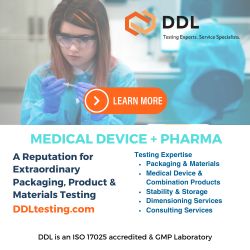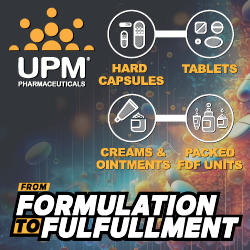Automated Anatomic Pathology Labs Transform Global Tissue Diagnostics Market
Growth in diagnostic test volume conducted across hospitals worldwide is lending momentum to the global tissue diagnostics market. In addition, the shortage of pathologists to perform these tests favors the automation of anatomic pathology laboratories, further spurring market development.
New research from Frost & Sullivan’s Analysis of the Global Tissue Diagnostics Market (http://www.lifesciences.frost.com) finds the market earned revenue of $2.39 billion in 2012 and estimates this to reach $3.45 billion in 2017. The analysis is aimed at segmenting the market into two broad categories, namely pre-analytical and advance staining.
Automated tissue diagnostics are gaining acceptance due to the improved technical performance of the assay, which reduces reagent costs and assay time. With anticipated technological improvements over the next 3 years in the advance staining and pre-analytical segments, faster turnaround times, throughput, and ease will fuel adoption. Developments in staining technologies also showcase the ability to cost effectively assess mutations, even multiple ones in a single test.
“The availability of tissue-based companion diagnostic tests is another important driver, especially for the US and European market,” said Frost & Sullivan Life Sciences Industry Analyst Divyaa Ravishankar. “With companion diagnostic partnerships gathering pace, industry convergence has led to the addition of tissue diagnostics in the in vitro diagnostic portfolio of most of the pharmaceutical companies.”
While increasing consolidation among laboratories and hospitals will escalate workloads and make a case for tissue diagnostic protocols, it will reduce the number of tissue diagnostics customers, forcing vendors to compete aggressively for fewer accounts.
Reimbursement cuts also impede the sale of high-end automated equipment in anatomic pathology laboratories. Use of advanced technology applications such as automatic slide stainers, microtomes and tissue processors are especially limited as they require huge capital.
“Providing attractive procurement strategies can boost the uptake of high-end tools in this constrained environment,” suggested Ravishankar. “For instance, offering competitive monthly payments, tax benefits or incentives, and deferring payments to help overcome budgetary constraints will widen the consumer base of vendors in the global tissue diagnostics market.”
Frost & Sullivan, the Growth Partnership Company, works in collaboration with clients to leverage visionary innovation that addresses the global challenges and related growth opportunities that will make or break today’s market participants. For more information on this analysis, please email Anna Zanchi, Corporate Communications, at anna.zanchi@frost.com.
Total Page Views: 1905












